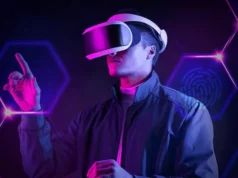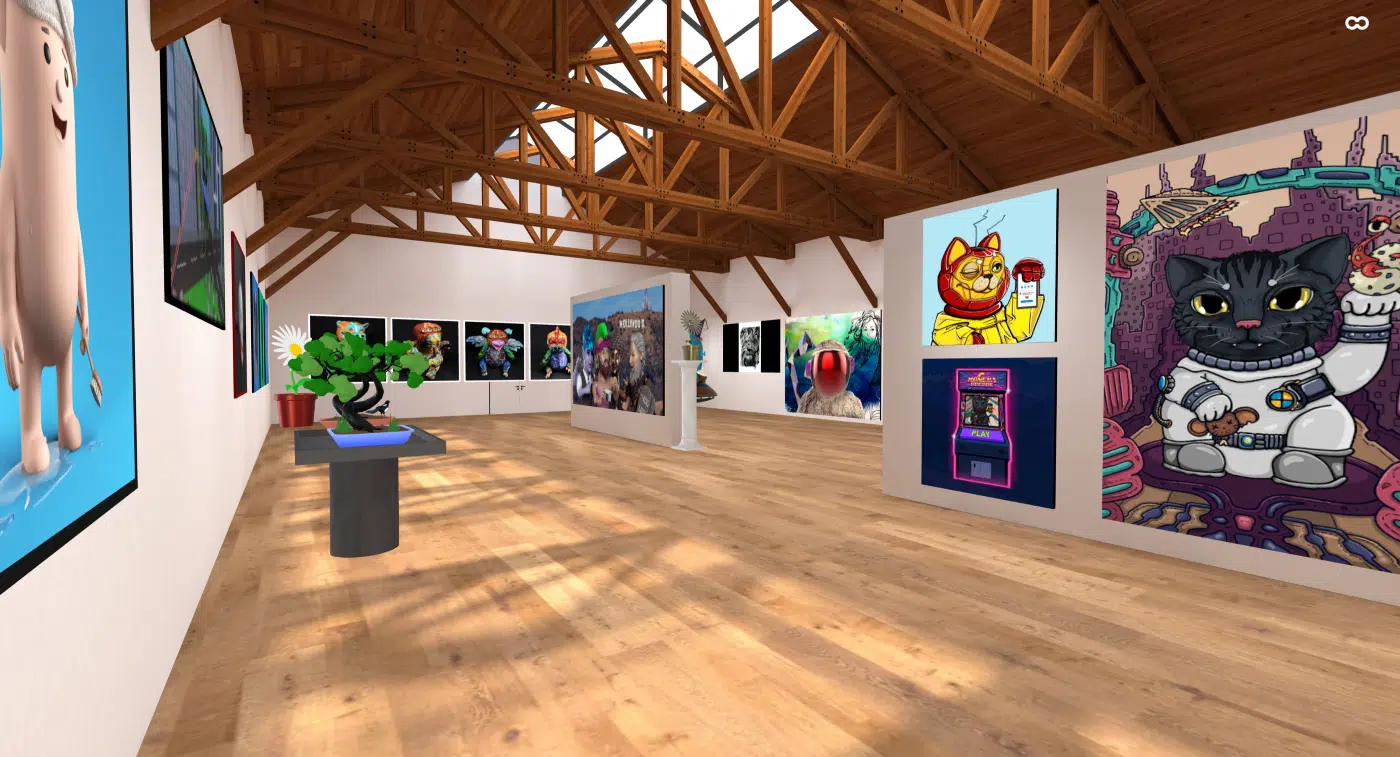
Although the concept of a virtual gallery may seem completely new for the industry, art institutions have been utilizing various technologies for many years to expand their outreach in a virtual realm. Today, the emergence of NFTs adds new dimensions to the formula and provides galleries with new opportunities to engage their audience and monetize art.
Let’s dive deeper into the topic of virtual galleries in the NFT era and discuss what they are exactly, how they change the art market, and how the art community may benefit from this concept. In addition, you can visit virtual galleries like Digitised.Art and learn more details firsthand.
The Concept of Virtual Galleries and How They Become Increasingly Popular
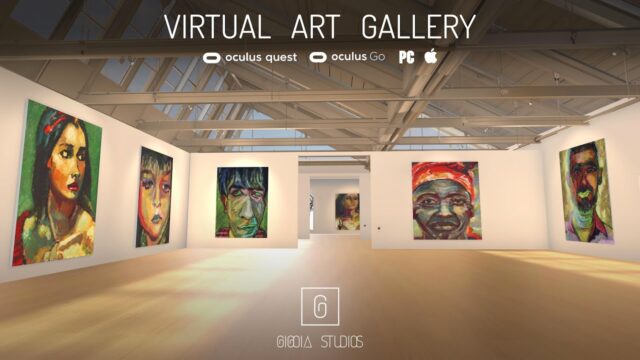
Since 1994, when a pioneering virtual or online museum WebMuseum, previously known as WebLouvre, was founded online, virtual galleries have gradually started developing into more complex projects.
WebMuseum, Paris, is one of the first virtual galleries that emerged in the digital realm.
In the early days, they were simplistic web portals developed from scratch and had a limited range of features. Visitors could view pictures in low quality and access additional information that described the history of selected artworks, artists’ biographies, and other primarily text-oriented content. On the other hand, art institutions could align the design of web portals to their brands, showcase artworks, and encourage internet users to visit their physical facilities.
Although their main goal to showcase artworks and provide visitors with similar experiences to one in the real world hasn’t changed, the adoption of new technologies has helped art institutions expand their functionality and access new opportunities. Moreover, their benefits were especially evident after the recent global pandemic and economic crisis, which forced many art institutions to be on the brink of closing or eventually shut down. Among those benefits were:
- Global Reach: By creating virtual galleries, art institutions can reach a global audience of art enthusiasts and break down geographical barriers. This way, galleries can showcase and monetize their artworks without the need for users to physically visit their facilities.
- Accessibility & Inclusivity: Physical disabilities or limitations may prevent art enthusiasts from visiting galleries. Therefore, opening a web portal is an excellent way for galleries to make art more accessible to those individuals and promote inclusivity in the art community.
- Enhanced Engagement: Exploring artworks and exhibitions in virtual galleries is a captivating and interactive experience. Nowadays, galleries can offer a unique opportunity to delve deeper into the art by leveraging cutting-edge technologies like Metaverses, 3D scanning, VR, or AR.
- Cost-Effectiveness: Virtual galleries provide artists with a cost-effective solution to showcase their works without expenses on physical spaces, transportation, and logistics. Additionally, virtual galleries offer greater flexibility for curating and rearranging exhibitions, encouraging creators to experiment with different layouts and presentations.
- Engaging Art Collectors: Individuals have more time for exploring art collections. At any moment, they may leave the virtual art gallery, find more information or compare the value of assets, and return to make well-informed decisions. As a result, collectors experience more meaningful art-buying experiences, while art galleries attract new collectors to the art market.
- Real-Time Analytics: Galleries with a virtual platform can gather data on visitor behavior patterns. This enables them to gain insight into the needs of their customers and respond to them appropriately, both online and offline.
Virtual Galleries in NFT Era
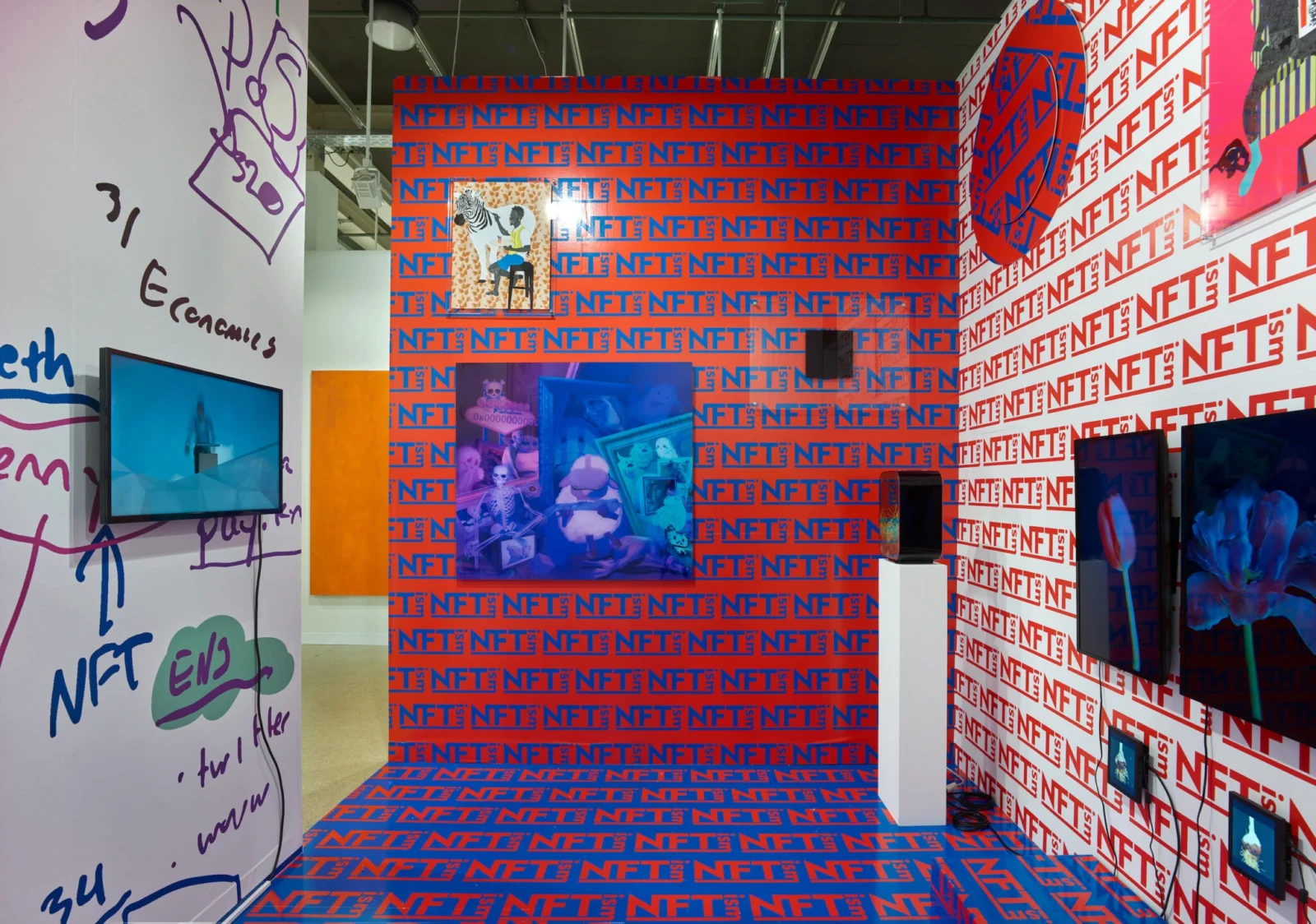
Virtual galleries have played a significant role in addressing the challenges and capitalizing on the opportunities for art collectors. In the era of blockchain-powered technologies, they can be even more advantageous for their owners by leveraging non-fungible tokens, also known as NFTs.
These tokens are a new type of digital asset that provides their owners with immutable proof of ownership and a transparent ledger to monitor the history of purchases. Galleries can utilize NFTs to securely monetize their artworks in the digital realm without the need to sell the originals stored within their physical premises.
Today, various new and old virtual galleries utilize NFTs as standalone offers or combine them with other Web 3.0 technologies like Metaverse or VR to provide a unique art-collecting experience. Among those pioneering organizations are:
Sotheby’s is a renowned auction house with a vast collection of art, jewelry, and collectibles available for purchase. Their virtual gallery enables users to browse and bid on artworks from the convenience of their homes.
Christie’s is a prominent auction house that provides a comparable selection of artworks for purchase. Additionally, Christie’s offers a virtual gallery where individuals can peruse and place bids on artworks via the Internet.
Artsy is a digital platform that links art collectors with galleries and artists. It provides a virtual space where users can explore over 1,000 galleries worldwide and browse available artworks.
SuperRare is a platform that specializes in selling NFT artworks. It features a virtual platform where users can browse and buy NFT artworks from a constantly growing variety of artists.
Art Basel OVR is a platform that features a wide range of virtual galleries and displays artworks from various artists in the metaverse. Compared to others, it provides an experience close to real-life visits, as users can create their virtual characters and go through virtual galleries.
Digitised.Art is a specialized platform dedicated to curating, showcasing, promoting, and selling artworks in the form of high-quality digital copies. Additionally, their team facilitates deals between art institutions and collectors, ensuring transparent due diligence, security of the transactions, and proper management of IP rights.
Spatial is one of the VR art galleries that provide collectors and creators with a virtual space to engage with each other.
Challenges and Opportunities of the NFT Era and the Role of Virtual Galleries
Virtual galleries play a significant role in the NFT era by providing a platform for art collectors to view, explore, and acquire digital artworks. Existing entirely in the virtual space or supporting well-established art institutions, they create new challenges and opportunities for the art community that could be addressed by facilitating deals between collectors and artists through virtual galleries.
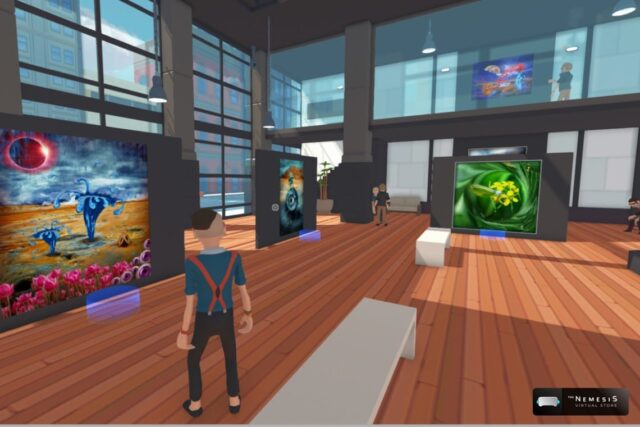
Challenges:
- Authenticity & Verification: In the art market, there have been cases of fake or unauthorized NFTs being sold. With the anonymity provided by the technology, it can be difficult to track and resolve these issues, making it challenging to verify digital art. However, virtual galleries can serve as trustworthy intermediaries that curate and authenticate NFT artworks. By collaborating with reputable artists and performing thorough due diligence, they can minimize the risk of purchasing fake or unauthorized NFTs.
- Market Volatility: Navigating the highly volatile NFT market can be a challenge for art collectors. Fortunately, virtual galleries can provide valuable insights into historical data on NFT prices, enabling collectors to make informed investment decisions and avoid potential losses.
- Intellectual Property Concerns: When collecting artworks as NFTs, it’s important for collectors to consider the rights of the creators, including potential limitations on the usage and reproduction of the art. Virtual galleries take on the role of facilitators, ensuring that intellectual property rights align with the vision of both parties and are respected. They can achieve this by implementing licensing agreements and providing clear ownership terms for NFTs.
- Technological Risks: When it comes to NFTs, it’s important to recognize that they depend on blockchain technology, which carries inherent technical risks. Art collectors must remain aware of these challenges and prepare accordingly. To mitigate these risks, they can rely on virtual galleries that have robust blockchain integration and secure smart contracts.
Opportunities:
- Access to Global Art Market: The emergence of NFTs has made the art market more accessible to collectors across the globe, enabling them to buy and sell digital art regardless of status, location, or finances. Virtual galleries enhance their engagement by providing a more secure and transparent way to collect NFT artworks in the digital realm.
- Fractional Ownership: Investing in high-value artwork has become more accessible with NFTs as they enable fractional ownership. It means collectors can own a portion of an NFT, granting them a share in the artwork’s value. Some virtual galleries offer fractional ownership of famous paintings, allowing NFT collectors not only to diversify their portfolios but also own masterpieces without spending a fortune.
- Direct Artist Engagement: NFTs are a superior way for collectors and artists to interact directly with each other. Virtual galleries become the platform where these interactions can take place securely and transparently, which, in turn, helps establish meaningful relationships.
- Innovative Art Forms: The emergence of NFTs has opened up new opportunities for digital art to experiment with formats and technologies. Virtual galleries contribute to exploring and appreciating cutting-edge art that expands the horizons of artistic expression by offering a varied collection of innovative and experimental art forms, including interactive, generative, and AR art.
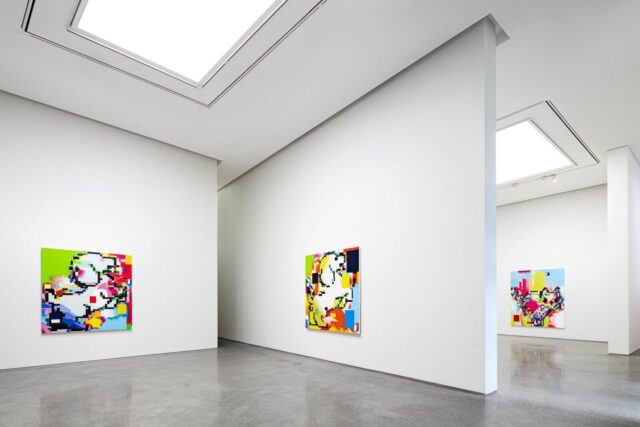
Digitised.Art, like other virtual galleries, contributes to more secure, transparent, and accessible art collecting in the modern era.
Ultimately, virtual galleries are the recent past, present, and future of art collecting. Especially, it’s evident in the NFT era, where cutting-edge technologies and online platforms can significantly impact the value of your art in the market. We highly encourage all art institutions, their affiliated artists, and collectors to experience the benefits and opportunities of virtual galleries firsthand.
Don’t miss an opportunity to engage a larger audience, find new monetization channels, and challenge the perception of modern art.




